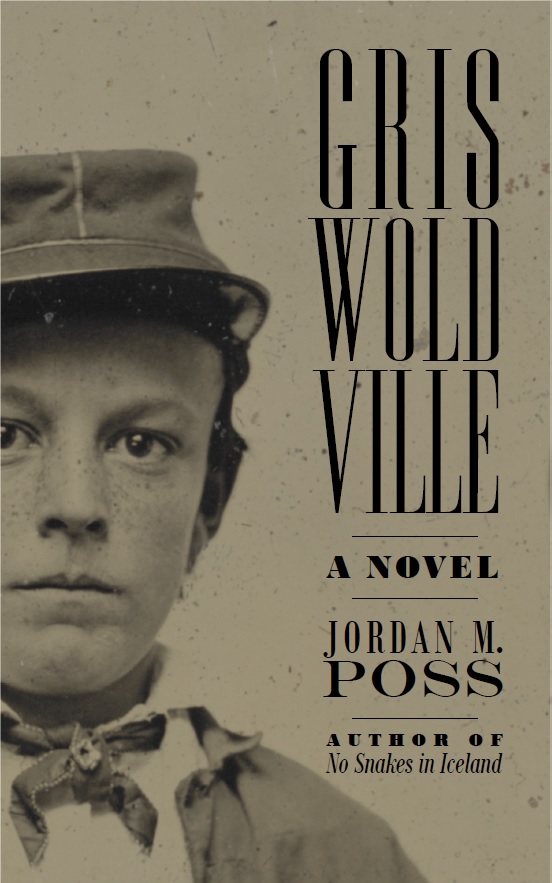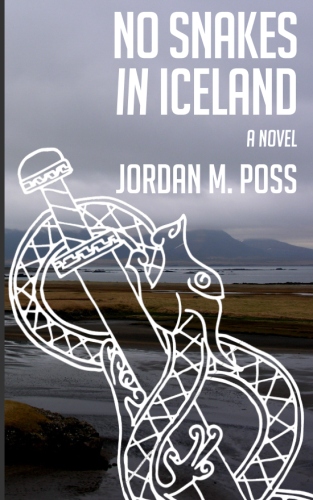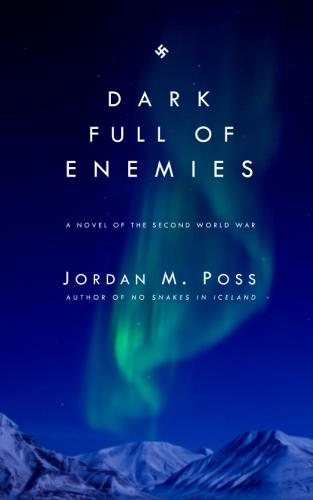CS Lewis on angels in art
/Yesterday I ran across the following meme. I can’t remember exactly where I found it—somewhere deep, deep within a rich mine of contrarian anarcho-trad neo-reactionary memes—but it made me laugh out loud:
That was a laugh partly at the joke and partly of recognition, because this meme makes a point identical to one made by CS Lewis in his 1961 preface to The Screwtape Letters. Speaking of traditional descriptions or images of angels, Lewis moves from the symbols to their representation in art:
These forms are not only symbolical but were always known to be symbolical by reflective people. The Greeks did not believe that the gods were really like the beautiful human shapes their sculptors gave them. In their poetry a god who wishes to “appear” to a mortal temporarily assumes the likeness of a man. Christian theology has nearly always explained the “appearance” of an angel in the same way. It is only the ignorant, said Dionysius in the fifth century, who dream that spirits are really winged men.
In the plastic arts these symbols have steadily degenerated. Fra Angelico’s angels carry in their face and gesture the peace and authority of Heaven. Later come the chubby infantile nudes of Raphael; finally the soft, slim, girlish, and consolatory angels of nineteenth century art, shapes so feminine that they avoid being voluptuous only by their total insipidity—the frigid houris of a teatable paradise. They are a pernicious symbol. In Scripture the visitation of an angel is always alarming; it has to begin by saying “Fear not.” The Victorian angel looks as if it were going to say, “There, there.”
The literary symbols are more dangerous because they are not so easily recognized as symbolical. Those of Dante are the best. Before his angels we sink in awe. His devils, as Ruskin rightly remarked, in their rage, spite, and obscenity, are far more like what the reality must be than anything in Milton. Milton’s devils, by their grandeur and high poetry, have done great harm, and his angels owe too much to Homer and Raphael. But the really pernicious image is Goethe’s Mephistopheles. It is Faust, not he, who really exhibits the ruthless, sleepless, unsmiling concentration upon self which is the mark of Hell. The humorous, civilised, sensible, adaptable Mephistopheles has helped to strengthen the illusion that evil is liberating.
An illusion now firmly fixed in place, I think.
I like this passage for a lot of reasons—not least its forceful and beautiful praise of Dante, which I think of every time I encounter the power of his angels and the sick wickedness of his devils—and it always prompts me to reflect on how a symbol can either teach or mislead a reader. I can only wonder what Lewis would have made of Touched by an Angel, the apex of the therapeutic angels that were a mid-90s fad, or other, more recent and yet more twisted depictions.
This preface—inexplicably, criminally—has not been included in Screwtape since the first Harper paperbacks that came out when I was in college. I have redundant copies of the book solely so that I can keep a physical copy of this preface on hand. You can find it in most older editions of Screwtape; I have it in the 1996 Touchstone/B&H edition, which my parents bought me from our church bookstore in middle school. You can read the whole preface in a rather clunky Internet Archive version here.
In searching for the full text I ran across this fascinating piece revealing that, apparently, Lewis had originally conceived of Screwtape’s correspondence as having been discovered and translated by his friend Elwin Ransom. Probably better that he went another direction with the introductory note to the Letters, but a fun idea.
I return to Screwtape often, and it vies with The Great Divorce as my favorite of Lewis’s books. I’ve written about it here before—specifically, about hell’s preferred form of humor.
















